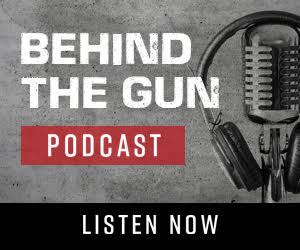How to Start Fishing
Keith Lusher 04.07.25

Growing up in the swamps of Southeast Louisiana, fishing wasn’t something I was taught—it was something I simply did. Before I could even form complete sentences, I had a fishing pole in my hands. As a Gen X kid of the 80s left to my own devices, I learned through trial and error, watching Sunday morning shows with Bill Dance and Hank Parker, and spending countless hours on the water.
Now, after more than 45 years of fishing experience, I’m here to share what I’ve learned to help you start your fishing journey without getting too far in the weeds.
So, let’s get started with the basics that will have you catching fish instead of collecting frustrations. After a lifetime of fishing and teaching my kids how to fish, I’ve learned that the simplest approach is often the most effective.
Get a Fishing License
Before you make your first cast, you’ll need to make sure you’re fishing legally with the proper license. This is a straightforward process, but there are a few things you need to know.
If you’re fishing in a state that only has freshwater (no coastline), you’ll just need a basic freshwater license. However, if you’re in a state along the coast or the Gulf of America, you’ll have two options: freshwater or saltwater licenses. My recommendation? Just buy both if you’re near coastal waters. This gives you the flexibility to fish wherever the mood strikes without worrying about being on the wrong side of regulations.
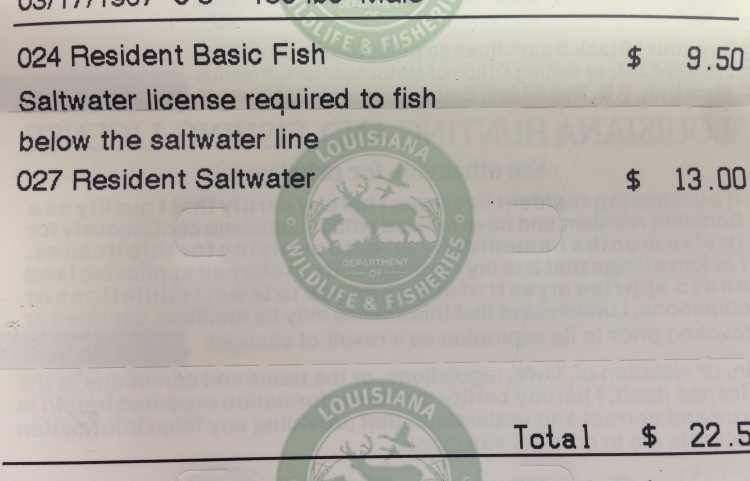
In most states, you don’t need a license if you’re fishing on your own property, like a private pond or lake that you own. But don’t make the mistake of thinking this applies to all water on your land—if a river runs through your property, you’ll still need a license since that’s considered public water.
Fishing licenses are usually inexpensive, running around $20. You can typically purchase them at sporting goods stores, bait shops, or online through your state’s wildlife agency website. Some states even offer short-term licenses for visitors, which are perfect if you’re just on vacation or trying fishing for the first time.
Which Rod and Reel to Choose
When it comes to selecting your first fishing setup, I’m going to save you a lot of headaches with a straightforward piece of advice: buy a rod and reel combo.
Rod and reel combos take all the guesswork out of matching components. The manufacturer has already done the work of pairing a rod with the perfect reel to complement it. This means you don’t have to worry about the rod matching the reel because it’s all been figured out for you.
For beginners, I strongly recommend going with a spinning reel combo. I find spinning reels are by far the most user-friendly and versatile. They’re easier to cast, less likely to tangle, and more forgiving of beginner mistakes.
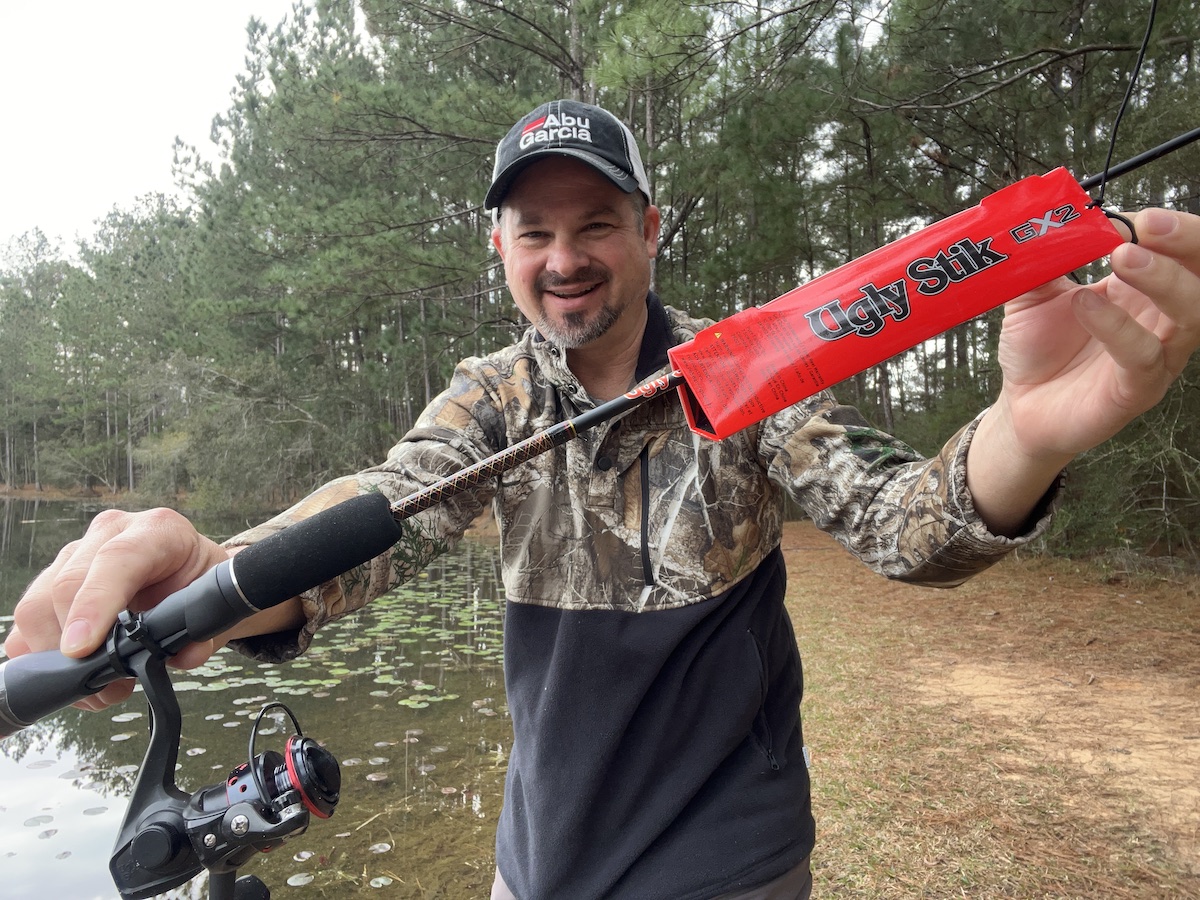
Since you’ll probably be starting out at your local pond or lake, going after freshwater fish, look for a combo with a 1500-size reel. This size is perfect for beginners—it’s light enough to use comfortably for hours but strong enough to handle most fish you’ll encounter, which will probably be under two pounds. Anything larger would be overkill for your first setup and might make learning more difficult than it needs to be.
Most sporting goods stores carry quality combos from brands like Shimano, Penn, or Daiwa that won’t break the bank. You don’t need to spend hundreds on your first setup—a mid-range combo around $50-80 will serve you well as you learn the ropes.
Which Bait to Choose
When it comes to bait, there’s a simple truth I’ve learned over decades of fishing: live bait makes fishing dramatically easier, especially for beginners. Why? Because the bait does most of the work for you, moving naturally in the water.
Stop by your local bait shop and pick up a carton of nightcrawlers (worms) or shiners (small baitfish). These are inexpensive live baits that will give you the best chance at catching your first fish.
When baiting your hook with worms, don’t just stick the hook through once and let the rest dangle. I’ve found it works better to hook the worm several times through different sections of its body. This “threading” technique prevents fish from easily stealing your bait without getting hooked.
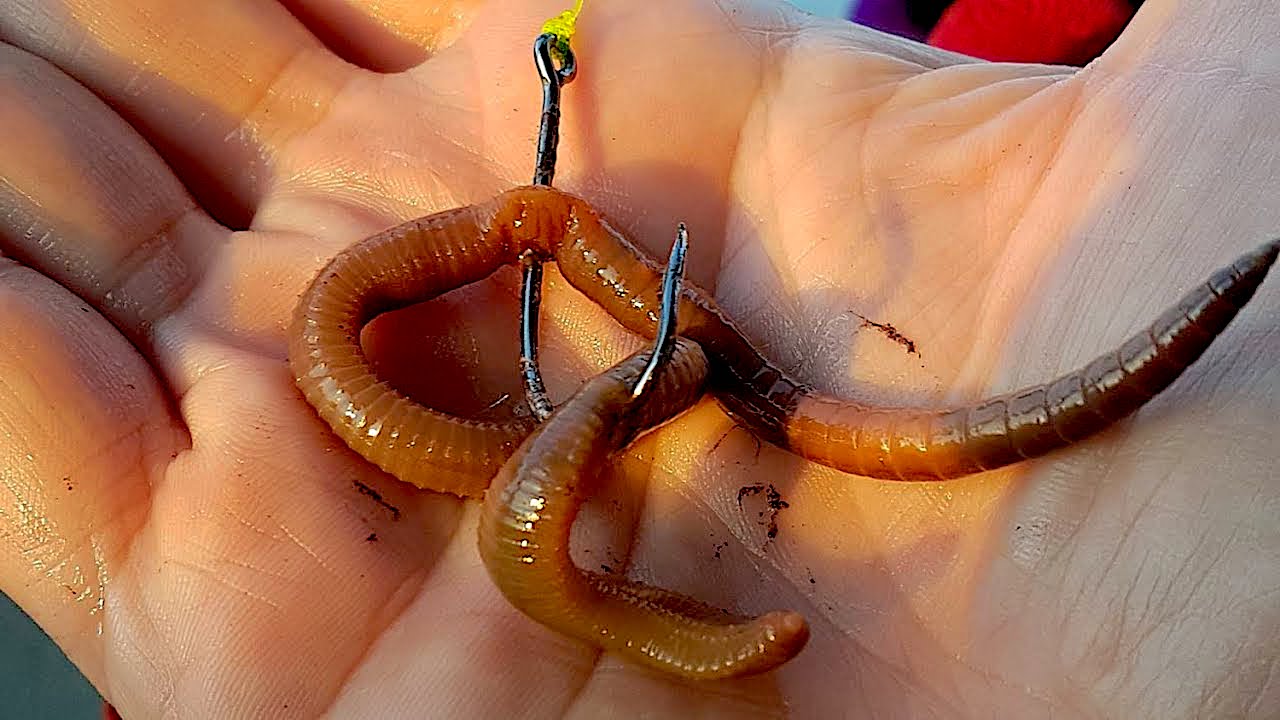
For shiners or minnows, the technique is different. When fishing under a bobber, insert the hook into the back of the fish near the dorsal fin (the fin on top). This placement allows the shiner to hang in the water at a natural horizontal angle and still swim around. Just be careful not to damage the spine of the baitfish—you want it lively, not paralyzed. If you are casting out and reeling in without a bobber, simply hook the shiner through both lips.
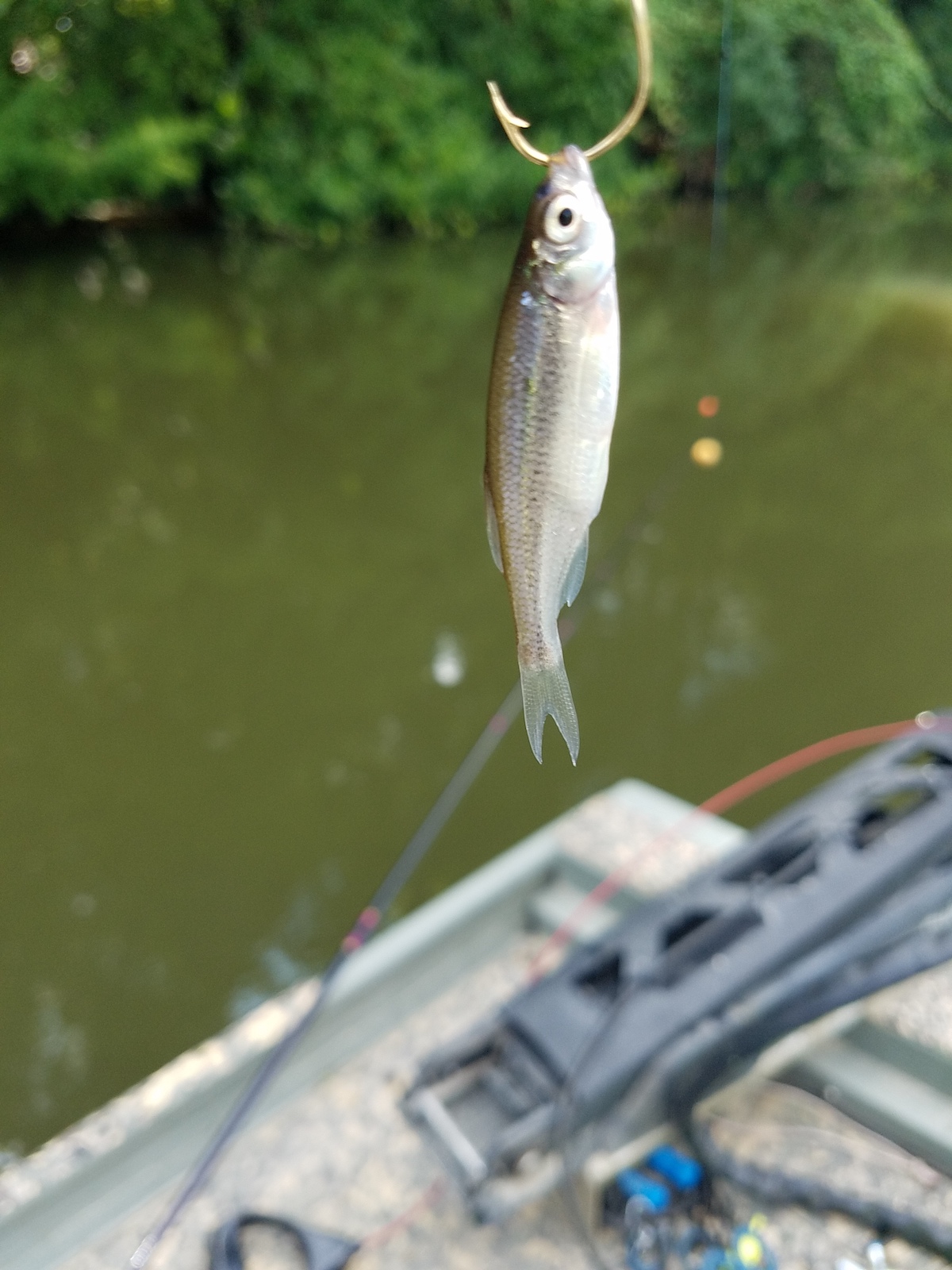
Here’s a simple trick I’ve used with my kids when teaching them to fish: Bring a few slices of white bread to the water. Tear off small pieces and toss them about 10 feet from shore. Within minutes, you’ll likely see bream erupting on the surface. Take another small piece of bread, roll it tightly into a ball, and thread it onto your hook with just the tip barely sticking out. Cast this into the same area where the fish are already feeding, and you’re almost guaranteed action.
Remember, the goal with any live bait is to keep it as natural and active as possible. The more it moves, the more likely it is to catch the attention of hungry fish.
What Area to Start
For your first fishing outings, I recommend keeping it simple: head to a nearby lake or pond. These calm, accessible waters are the perfect training grounds for novice anglers.
Fishing a pond is about as straightforward as it gets. Just cast your line away from the shore and into the water, then wait for the action. Don’t worry about fancy techniques at this stage—focus on getting comfortable with your equipment and developing a feel for when a fish bites.
If you see other anglers having success, don’t be too proud to observe what they’re doing. I’ve been fishing for over four decades, and I still watch what others are doing when they’re catching and I’m not. Imitation is the sincerest form of flattery, and it’s put countless more fish on my stringer over the years. Good anglers understand this—most will even share tips if you respectfully ask.
When you do catch a fish, take mental notes. What were you using? How fast were you retrieving? What time of day was it? Fishing is all about pattern recognition and learning how fish respond to your presentation.
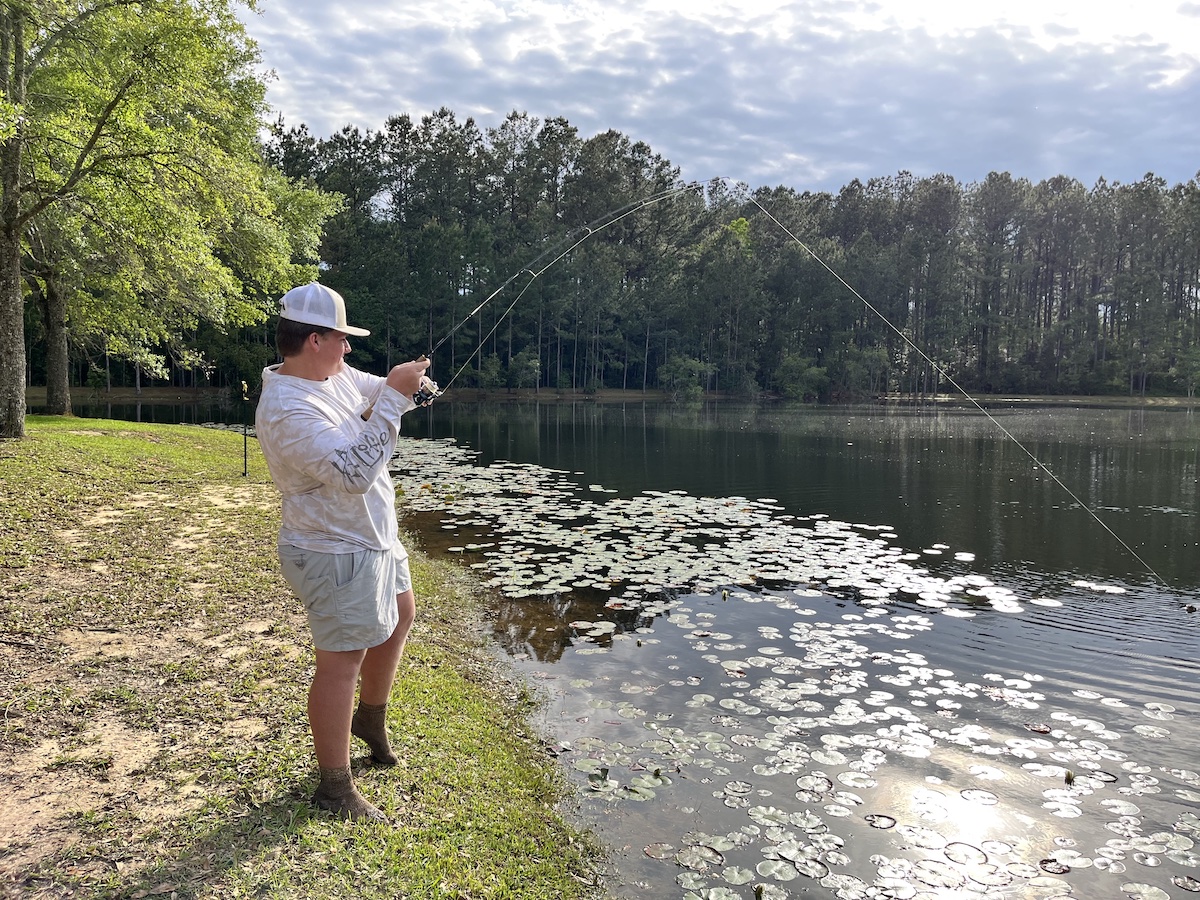
One more piece of advice that’s served me well: commit to fishing the same pond multiple times rather than bouncing around to different locations. With each visit, you’ll develop a deeper understanding of that specific water, where the fish hold, when they feed, and what they prefer. This accumulated knowledge will improve your success rate far more quickly than starting from scratch at a new spot every time out.
Don’t overthink your first fishing trip. Get your license, grab a simple rod and reel combo, some basic bait, and head to your local pond. Cast your line, enjoy the fresh air, and understand that you’re going to make mistakes. And remember – every seasoned angler started exactly where you are now.
